Fuel Pump Repair Time Estimator
How Long Will Your Fuel Pump Repair Take?
Enter your vehicle details and repair preferences to get an estimated repair time.
When your car sputters or won’t start, the culprit is often the Fuel Pump is a device that moves gasoline from the tank to the engine at a precise pressure. Knowing how long a fuel pump repair time takes helps you plan around work, school or a road trip. Below you’ll get a clear picture of what to expect, whether you’re rolling up your sleeves or dropping the car at a shop.
What a Fuel Pump Actually Does
The Gasoline Engine is a type of internal‑combustion engine that burns gasoline to produce power. Inside that engine, the fuel pump creates the pressure needed to push fuel through the Fuel Filter is a screen that traps contaminants before fuel reaches the combustion chambers and onto the Fuel Injector is a electromechanical valve that sprays a fine mist of fuel into each cylinder. If the pump can’t maintain the right pressure, the engine will stumble, stall, or refuse to start.
Common Signs Your Fuel Pump Needs Fixing
- Engine sputters or hesitates during acceleration.
- Loss of power under load (e.g., climbing a hill).
- Whining noise from the fuel tank.
- Difficulty starting the car, especially after it’s been sitting.
- Check‑engine light with codes related to fuel pressure (often read with an OBD‑II Scanner is a device that reads diagnostic trouble codes from a vehicle’s computer).
Typical Repair Timeframes
Repair time varies a lot, but most shops break the job into three buckets:
- Simple diagnosis only - 30 minutes to an hour. The mechanic plugs in an OBD‑II scanner, confirms low fuel pressure, and gives you a quote.
- Standard replacement - 2 to 4 hours. This includes draining the fuel tank (or using a suction pump), removing the old pump, installing the new unit, and refilling the system.
- Complex cases - 5 hours or more. Reasons include hard‑to‑reach pump locations, need to remove the fuel tank, or simultaneous work on the fuel pressure regulator or fuel lines.
On average, most drivers should expect about three hours from drop‑off to pick‑up for a typical sedan.
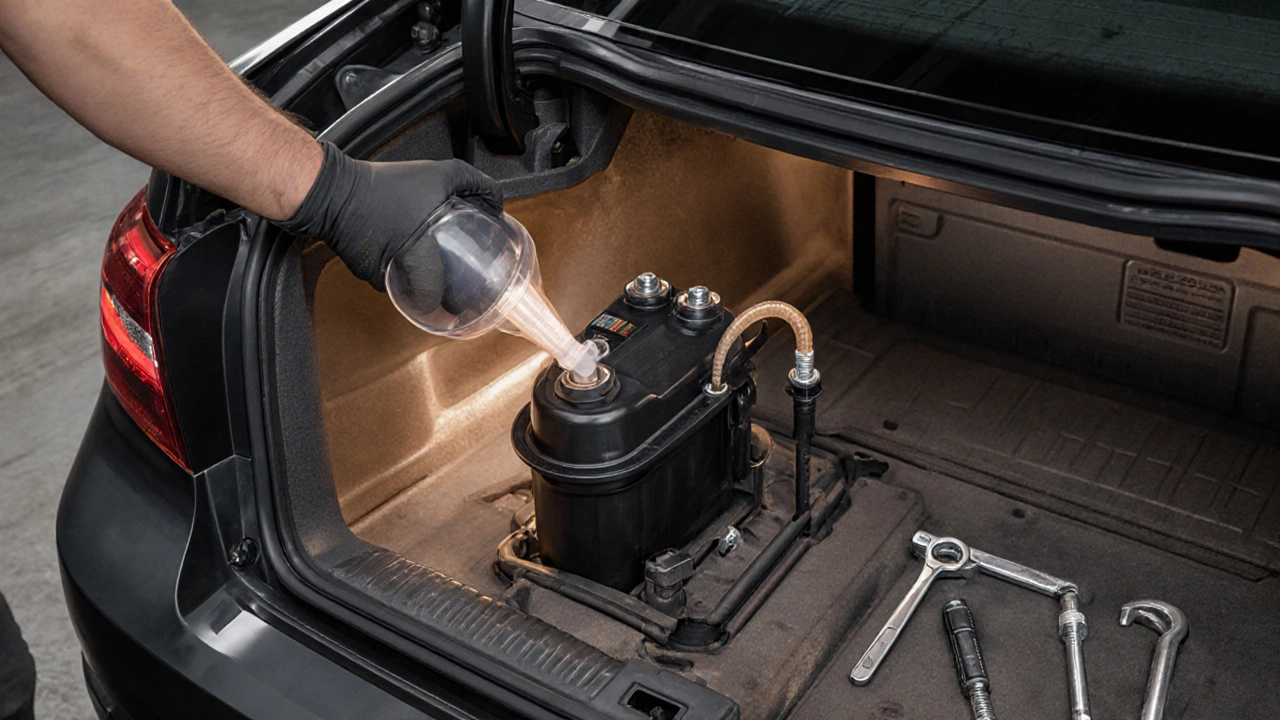
DIY vs Professional Repair: Time Comparison
| Task | DIY (Hours) | Professional (Hours) |
|---|---|---|
| Gather tools & safety gear | 0.5 | 0.1 |
| Drain fuel or use suction pump | 0.5‑1 | 0.2‑0.5 |
| Remove tank (if required) | 1‑2 | 0.5‑1 |
| Swap pump and re‑assemble | 1‑1.5 | 1‑1.5 |
| Prime system & test | 0.5 | 0.3 |
| Total | 3‑5 | 2‑4 |
If you’re comfortable working under a car and have the right tools, the DIY route can be rewarding but expect a longer clock‑time. A shop already has the lifts, suction equipment, and the experience to shave an hour or two off the job.
Step‑by‑Step Fuel Pump Replacement Guide (DIY)
- Safety first: Disconnect the negative battery cable and relieve fuel system pressure using the Schrader valve on the fuel rail (or by removing the fuel pump relay and running the engine until it stalls).
- Access the pump: On most vehicles the pump lives inside the fuel tank. You’ll usually need to remove the rear seat or an access panel in the trunk. Some trucks have a dedicated pump‑access bolt under the fuel filler neck.
- Drain the tank: Use a hand‑held fuel suction pump or a container placed beneath the tank opening. Capture the fuel in a certified container - never dump it on the ground.
- Detach fuel lines and electrical connectors: Mark each hose with a piece of tape so you can reconnect them correctly later. Unplug the pump’s electrical harness.
- Remove the pump assembly: Most pumps are held by a retaining ring or bolts. Use a strap wrench or a suitable socket to free it.
- Install the new pump: Compare the new unit with the old one to verify the flow rating and connector type. Install the retaining ring, reconnect hoses, and plug the electrical connector.
- Re‑fill and prime: Replace the fuel tank (or re‑install the access panel), reconnect the battery, and turn the ignition to “on” several times without starting the engine. This cycles the pump and pushes fuel through the lines.
- Test the repair: Start the engine. It should run smoothly, and the check‑engine light should stay off. If the car still sputters, re‑check the hose connections and fuel pressure with a gauge.
Most DIY enthusiasts who follow this list finish within four hours - give or take depending on the vehicle’s layout.
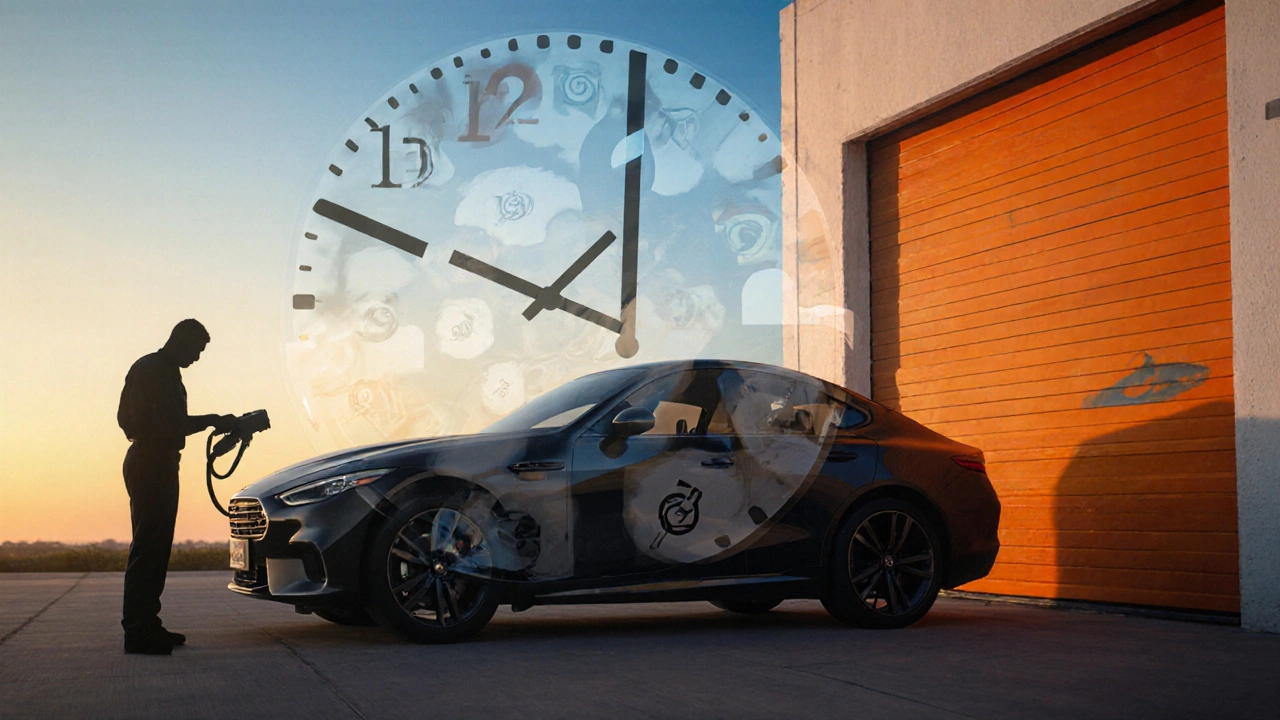
Factors That Can Stretch the Clock
- Vehicle make and model: European cars (e.g., Ford is a American automaker known for a wide range of cars, trucks and SUVs) often have tighter engine bays, requiring more disassembly.
- Location of the pump: Some SUVs hide the pump beneath the rear seat, while others place it under a metal shield that must be cut away.
- Part availability: Waiting for an OEM pump can add days, whereas an aftermarket part may be in stock.
- Additional components: If the fuel pressure regulator or fuel filter is also worn, mechanics will replace those at the same time, extending the job.
- Shop workload: Busy garages may schedule the repair for the next day, effectively lengthening the perceived repair time.
How to Cut Down on Downtime
- Call ahead and confirm the shop has the exact pump you need - give them the part number.
- Ask if they can perform a quick “pump test” while you wait; many shops have a bench‑test rig that can confirm a bad pump in under 15 minutes.
- If you’re DIY‑inclined, buy a fuel suction pump and the required safety gear before starting. Having the right tools prevents trips to the hardware store mid‑job.
- Keep the vehicle’s service manual handy; the manual often shows the quickest access route for the specific model.
- Consider a “fuel pump & filter combo” part. Replacing both at once avoids a second pop‑off later.
Mini FAQ
How long does a fuel pump replacement usually take at a shop?
Most independent shops finish the job in 2‑4 hours, assuming the pump is easily accessible and the part is in stock.
Can I replace a fuel pump myself?
Yes, if you have basic mechanical skills, a set of hand tools, a fuel suction pump, and you follow safety steps. Expect to spend 3‑5 hours.
What’s the difference between an OEM and an aftermarket fuel pump?
OEM pumps match the original spec exactly and usually carry a longer warranty. Aftermarket pumps can be cheaper and sometimes offer higher flow rates, but quality varies.
Will a faulty fuel pump affect fuel economy?
A weak pump can cause lean‑burn conditions, making the engine run richer to compensate, which can lower miles‑per‑gallon.
Is there any way to test a fuel pump before removing it?
Yes - a handheld fuel pressure gauge attached to the test port can confirm whether the pump is delivering the proper pressure.
Knowing the typical fuel pump repair time lets you plan ahead, choose the right service option, and avoid surprise downtime. Whether you go DIY or hand the car to a shop, the steps above keep the process clear and the clock ticking in your favor.
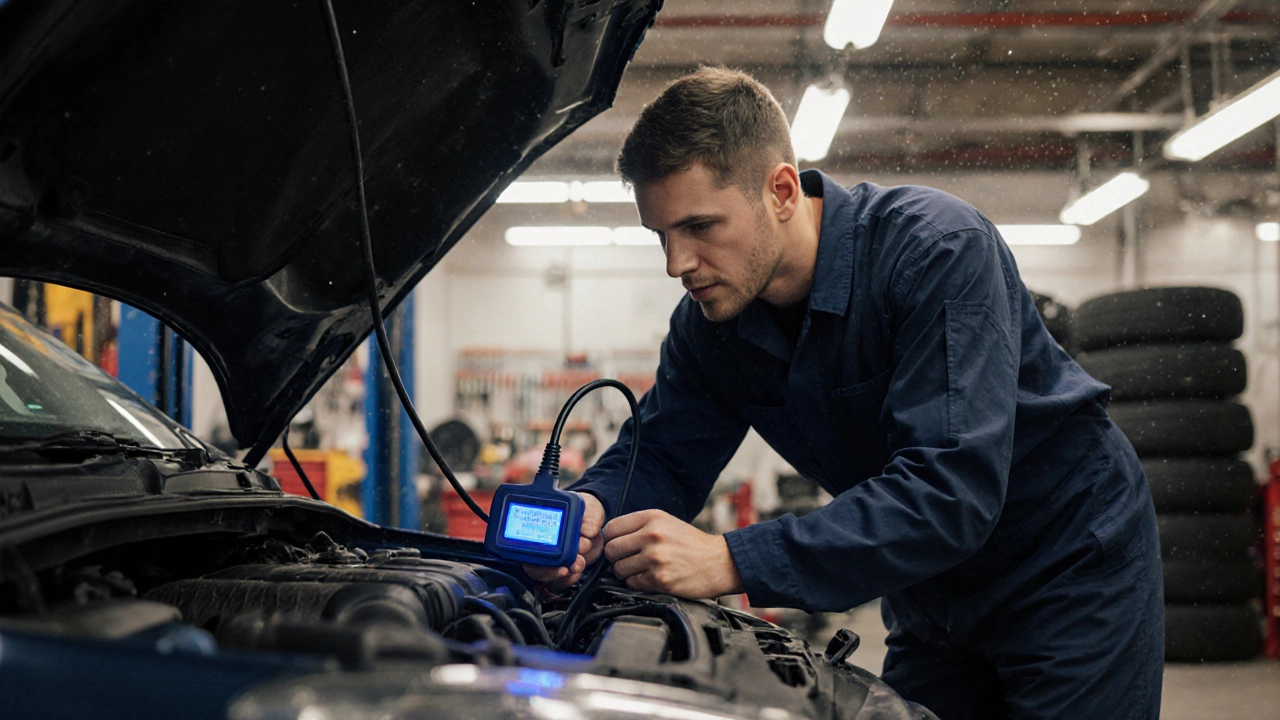
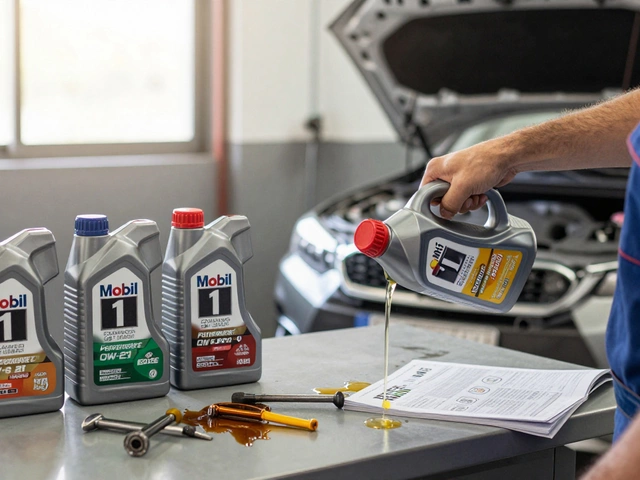

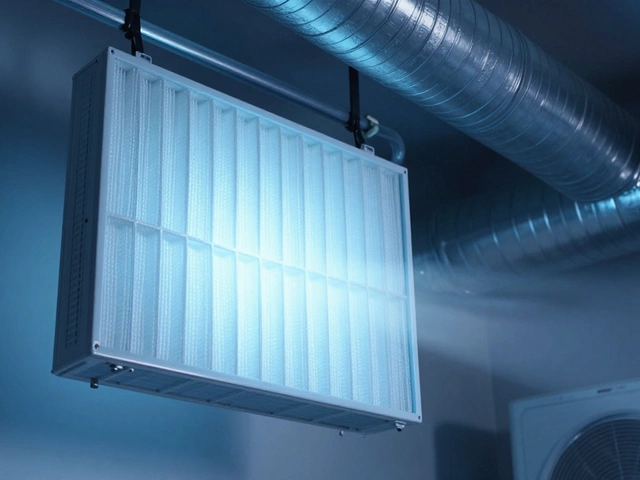
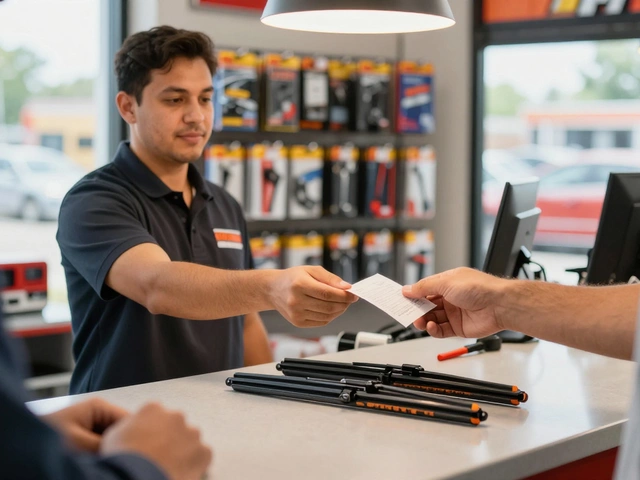
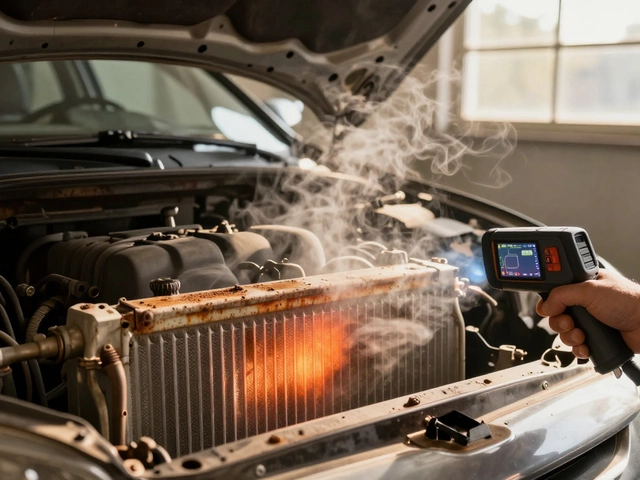

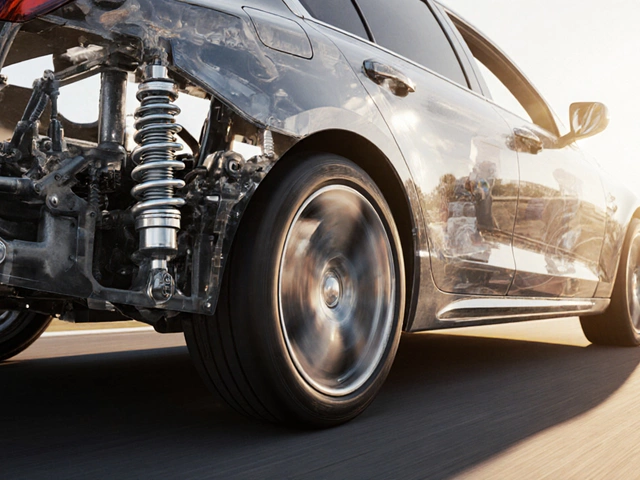


Write a comment